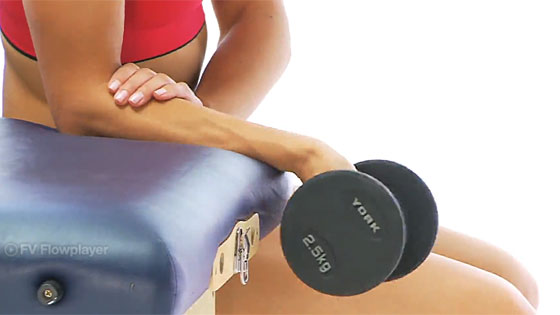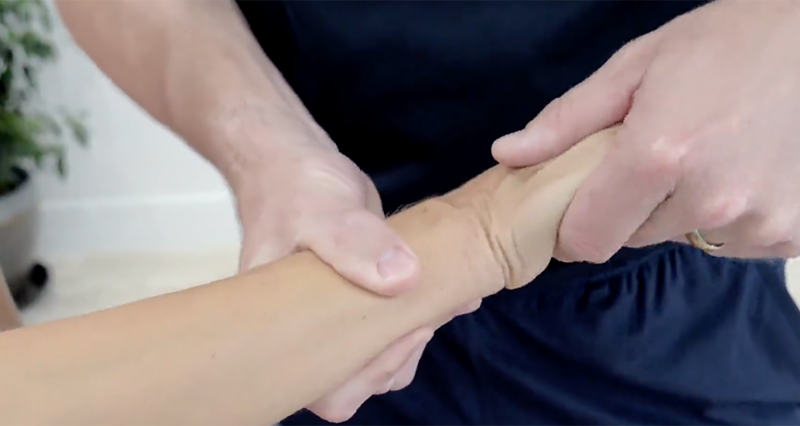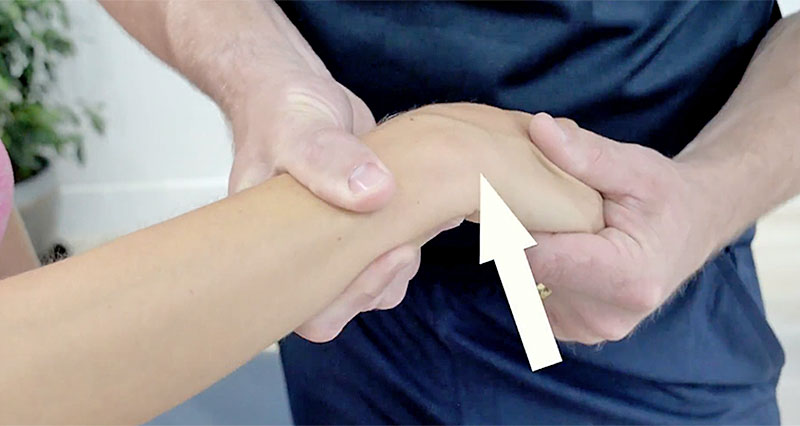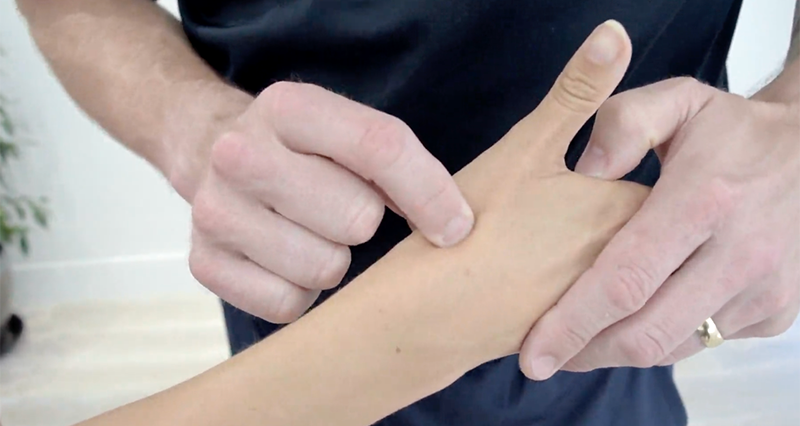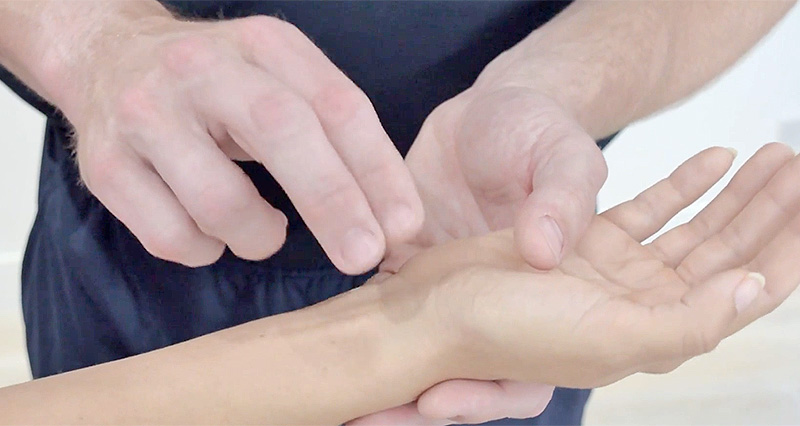Phalen’s test, Phalen maneuver or wrist flexion test, is a simple clinical test which helps diagnose nerve compression in the wrist. Specifically, the median nerve related to Carpal Tunnel syndrome.
What is Carpal tunnel syndrome?
Carpal tunnel syndrome is a common condition that occurs when the median nerve in the wrist becomes compressed. Symptoms consist of wrist pain, numbness, and tingling in the hand.
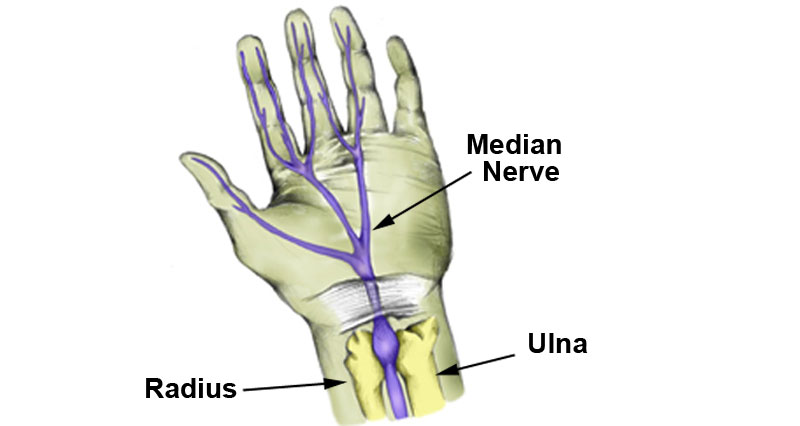
How to perform Phalen’s test
Sit or stand in a comfortable position and push the palms of your hands together. Keep your elbows bent and your forearms parallel to the ground. Start by extending your wrist fully so that your fingers are pointing upwards. Slowly and gently flex your wrist, moving it into a downward or palmar-flexed position.

Hold this position for 30 seconds to 1 minute or until you start experiencing symptoms or discomfort. While holding the wrist in this flexed position, you are looking to see if you feel any symptoms, such as tingling, numbness, pain, or a sensation of “pins and needles.” Also whether you have symptoms in one or both wrists.

Repeat the test with the backs of your hands together and fingers pointing downwards. Move your wrists upwards to increase the stretch on them.
What is a positive Phalen’s test?
A positive Phalen’s test is indicated when wrist flexion reproduces or exacerbates any symptoms associated with carpal tunnel syndrome. for example, tingling, numbness, or pain in the thumb, index finger, middle finger, and sometimes the ring finger. These symptoms are often referred to as a “median nerve distribution” pattern.
A negative Phalen’s test suggests that the test did not reproduce the characteristic symptoms of carpal tunnel syndrome.
Does a positive Phalen’s test mean I have Carpal tunnel syndrome?
It’s important to note that while Phalen’s test is a useful clinical tool, however, the test alone is not enough to diagnose Carpal tunnel syndrome. It is often used in conjunction with other clinical assessments, such as the Tinel’s sign (tapping on the median nerve) and nerve conduction studies, to help confirm the diagnosis of Carpal tunnel syndrome.
If you experience wrist pain, numbness, or tingling, especially if these symptoms persist or interfere with your daily activities, it is important to seek medical evaluation. Early diagnosis and appropriate treatment are crucial for managing Carpal tunnel syndrome effectively and preventing further nerve damage.
